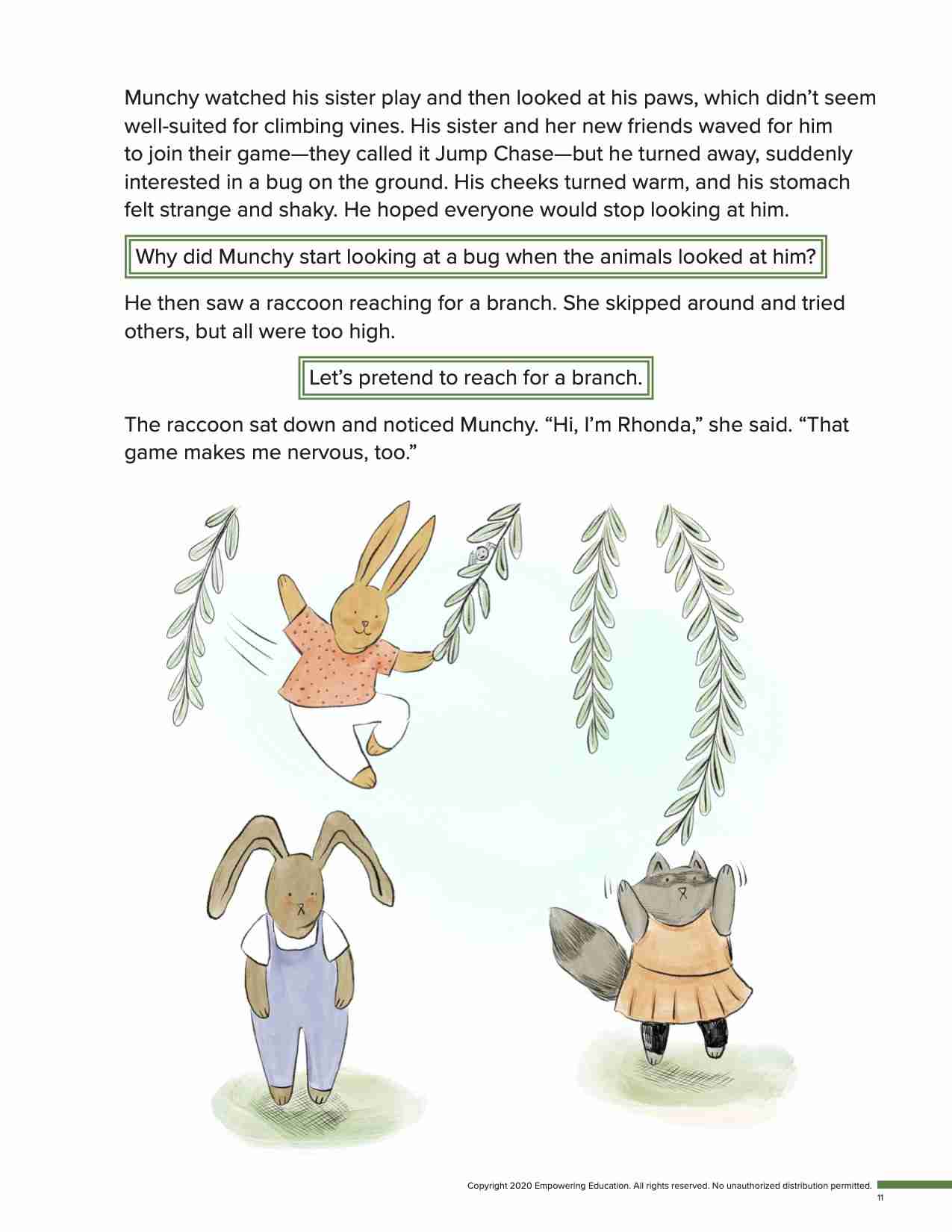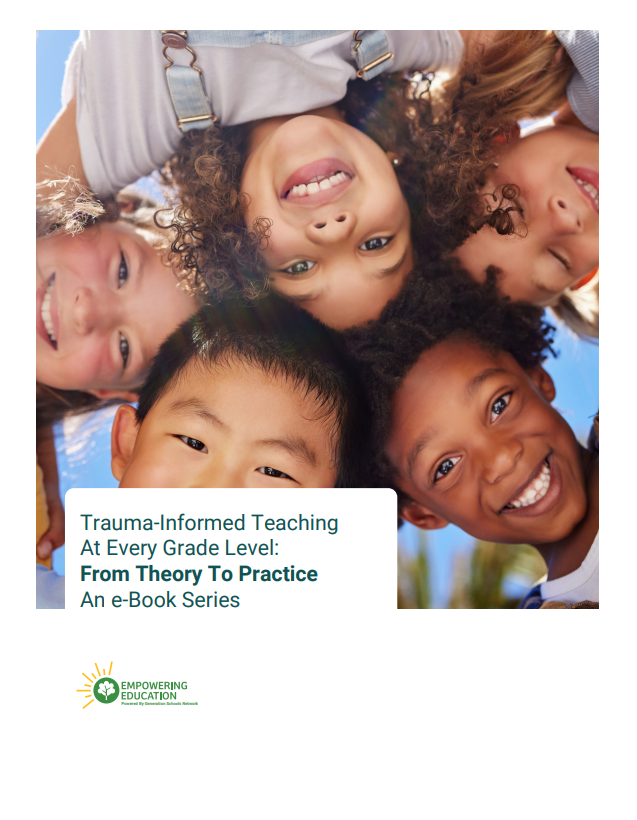How can I use stories to teach social-emotional learning?
Stories have been used for millennia to teach core values. If you use stories in your home or classroom to teach social-emotional skills, you’ll spark rich discussion. Create a routine, choose relevant stories, and let the story be engaging by not forcing the lesson.
1. Develop a routine
Whether it’s nightly storytime, Sunday story discussion, morning circle, SEL-lesson time, or something else, build time for story-telling. That said, if there’s ever a good moment for a story, take advantage!
2. Choose your stories
Just because a story is famous doesn’t mean it’s teaching something you want to teach! I just reread “The Giving Tree,” and I now see it as teaching codependency - sorry Shel Silverstein! Of course, we can’t help but recommend the social-emotional stories that we wrote, but, there are many great books and stories out there. Here is a book list for picture books and here is a list focused on diversity.
If you end up reading a story that doesn’t have a message you agree with, discuss that with your child. Modeling critical thinking can teach a lot.
3. Balance story-telling and discussion
Stories have an inherent power to teach, and having engaged listeners is how that happens. But some conscious reflection is also useful for deepening the impact, developing better comprehension and improving critical-thinking skills. An obvious time to ask questions about the story is afterwards. “What did you think?” can be a dud of an opening question. Try to think of questions that push deeper thinking.
Our Munchy and Jumpy stories have discussion questions at the end but also sprinkled throughout the story, along with suggestions for movement to help squirmy readers move around and even positive affirmations.

Pick and choose which ones to use. If you find your listeners aren’t able to answer questions at the end of the story, next time add more questions.
But, again, choose your interruptions thoughtfully since if your listeners are not engrossed, the story won’t be as powerful.
3. Have a discussion, not a lesson
If you have a definite point you want to make to your listener about a social-emotional issue, don’t have a discussion. Instead, just say it. If you want to have a discussion, then ask questions and be open to what you hear. Probe more than guide. If you simply use whatever your child says to make your point, you’re modeling pretty weak listening skills!
Have fun reading and reach out if you have any great SEL book suggestions. We’re always on the lookout!


